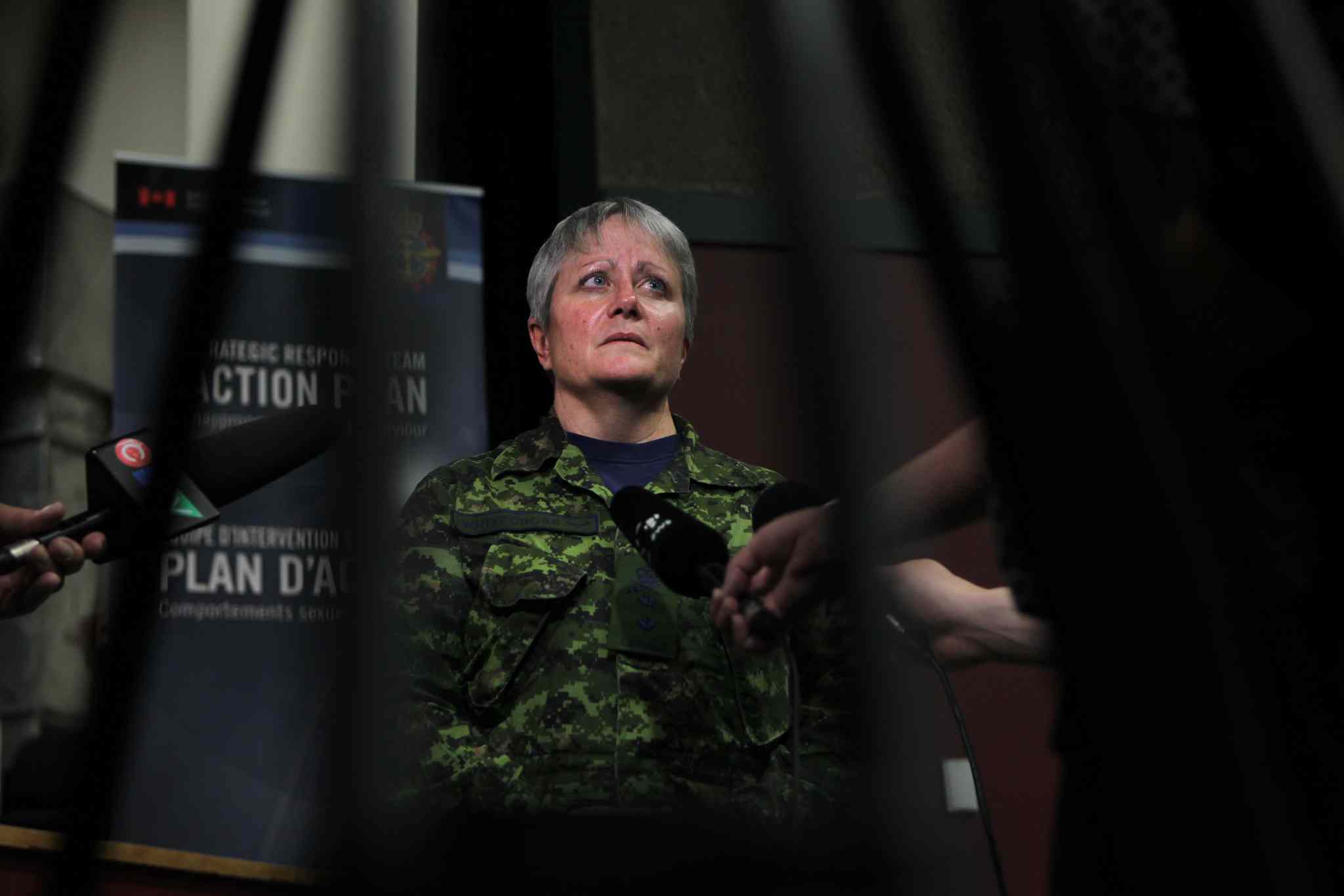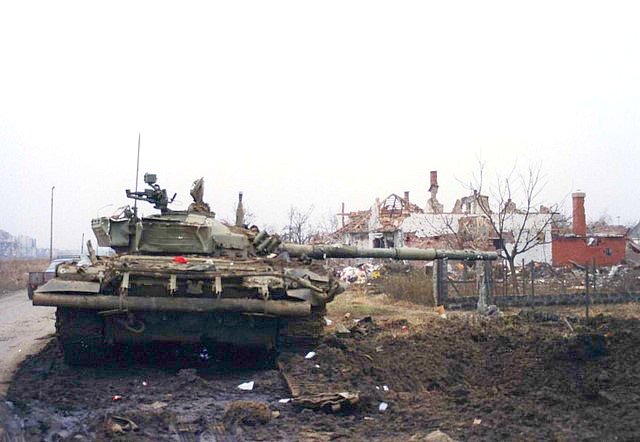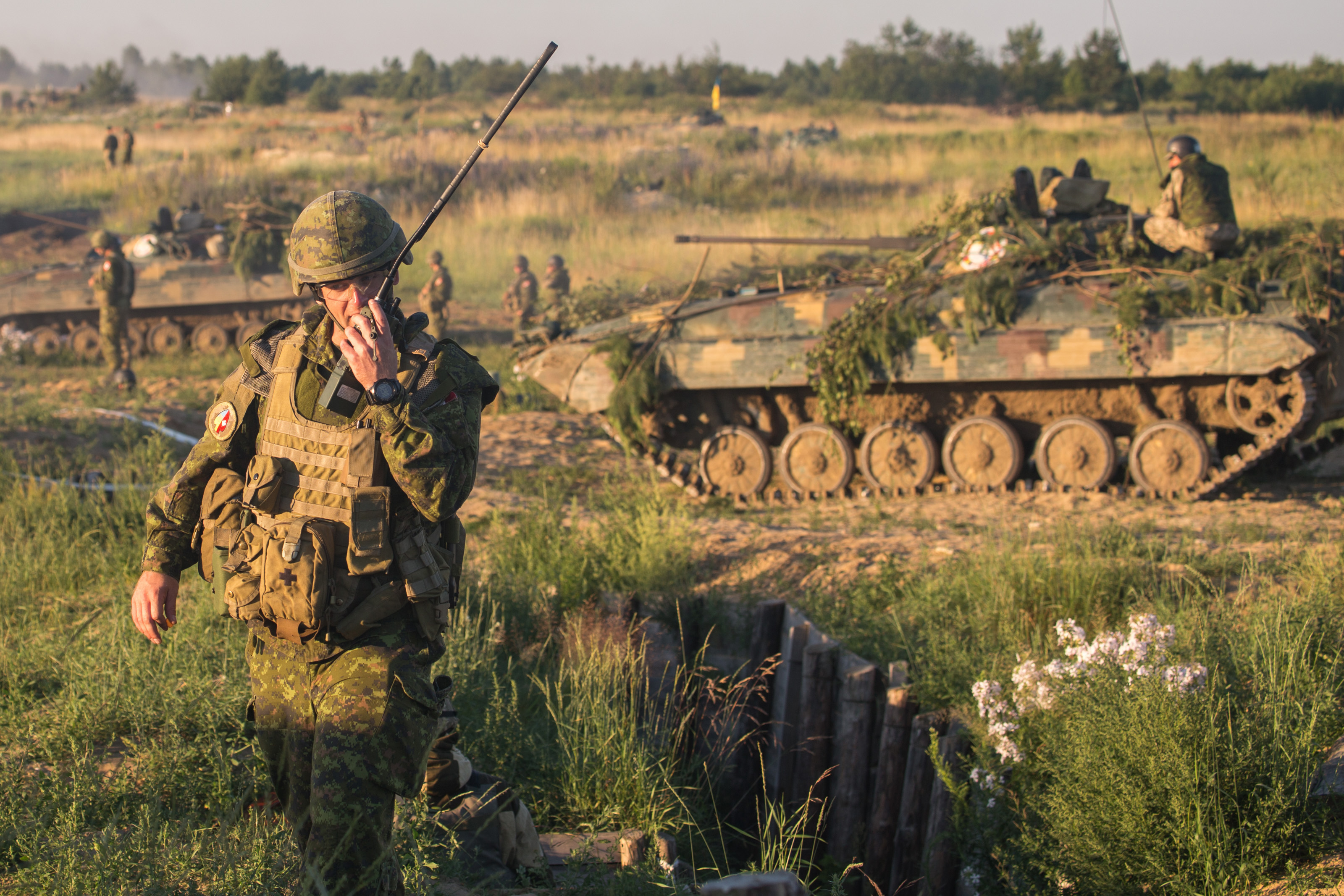The 2011 Tohoku earthquake and tsunami wrought an incredible degree of devastation upon Japan, claiming almost 16,000 lives and approximately $300 billion in economic costs. As seismologists have frequently warned, a similarly devastating earthquake could strike British Columbia – as well as the American states of Washington, Oregon, and northern California. A recent study by the C.D. Howe Institute also suggests that beyond the cost to human life, such a disaster could pose severe consequences for Canada’s entire economy. In the event of a seismic disaster, a rapid and well coordinated emergency response will be essential for mitigating the damage.
Fortunately, the Pacific Northwest region is preparing for such an eventuality. On 7-10 June 2016, the Government of British Columbia conducted the latest edition of Exercise Coastal Response, a simulated response by the government and its partners to an earthquake and tsunami on the same scale as that experienced by Japan in 2011. This exercise was also part of the broader Exercise Cascadia Rising, which involved various levels of government in Washington and Oregon, and so ensured opportunities for Canadian and American officials to coordinate their disaster response efforts. Exercise Staunch Maple, conducted by the Canadian Armed Forces’ Joint Task Force Pacific the following week, also afforded opportunities for Royal Canadian Navy (RCN) and Royal Canadian Air Force (RCAF) personnel to simulate efforts to restore essential infrastructure on Vancouver Island and elsewhere in BC. Finally, emergency operations centres throughout BC hold joint exercises annually to further develop their capacity to coordinate efforts to respond to an earthquake and tsunami.
Most of these exercises, however, are intended to improve the disaster response capabilities of civilian authorities. Given the severity of the threat posed by earthquakes and the wide range of actors involved, greater leadership by the federal government is needed. In particular, exercises should be held involving Canadian Army personnel based in BC and in neighbouring jurisdictions in order to ensure there is a sufficiently prepared base of troops for immediate relief efforts. To date, there has been a lack of a coherent strategy for the development of such capabilities in the Canadian Army. Perhaps the only other effort by the Canadian Armed Forces on earthquake response, aside from the aforementioned Exercise Staunch Maple, was the participation of approximately 850 troops in an earthquake response drill in Haines Junction, Yukon Territory during the 2016 edition of Operation Nanook. Even so, the level of training offered remained relatively basic, with civilian first responders imparting best practices to soldiers participating in the exercise.
Canada cannot afford complacency on this issue. As recently as December 2015, a 4.7-magnitude earthquake was felt in BC’s Southern Gulf Islands. Troublingly, this was followed by a 4.2-magnitude earthquake in BC’s Okanagan Valley on 10 September 2016. Before that, in February 2001, a 6.8-magnitude earthquake caused considerable property damage in Washington state and the tremors could be felt as far away as Vancouver. For a country that occupies part of a seismically active region, preparing an adequate response to the next major earthquake is a necessity.
Photo: “Exercise Coastal Response” (2016), by Province of British Columbia via Flickr. Licensed under CC 2.0 Some Rights Reserved.
Disclaimer: Any views or opinions expressed in articles are solely those of the authors and do not necessarily represent the views of the NATO Association of Canada.




